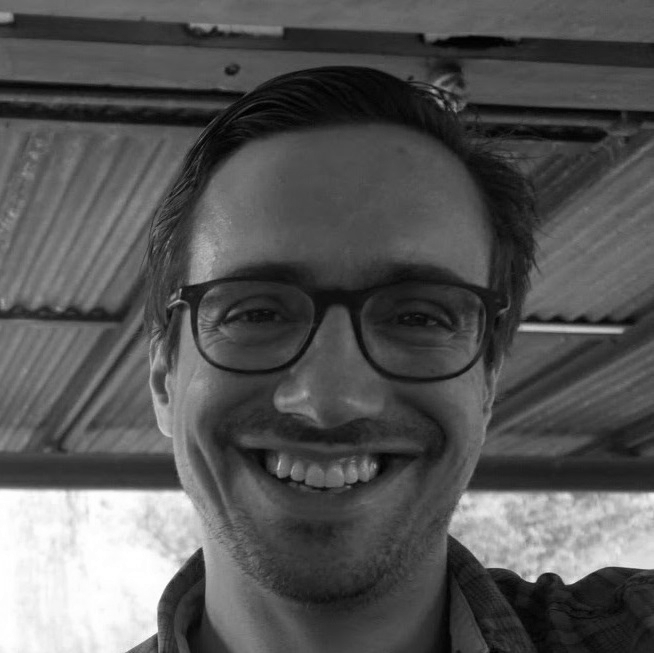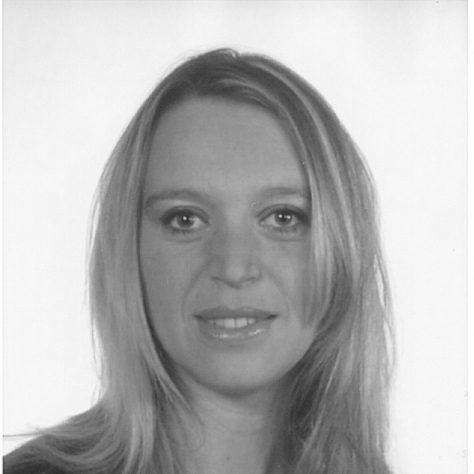
This 9th edition of the Breakfast and Science has seen turnout of 61 attendees of the CIBM Community. These included CIBM core and affiliate members from the five founding partner institutions , CIBM associate members from industry Nestle Health Science and Bruker, as well as, collaborators from Universität & Inselspital Bern and EMPA.
In the first talk by Antoine Klauser, he shared about “Strategies for Fast, whole Brain and SNR-Enhanced MR Spectroscopic Imaging (MRSI)” resulting from an international collaboration.
The second talk on a “ Journey through a ten-year collaboration on Prismatic Adaptation “ by Eleonora Fornari began with the quote by Henry Ford:
“Coming together is a beginning
Keeping together is progress
Working together is success”
Appreciated by the audience was the unconventional order of the talk in that it started off with the history of how a small personal project became a long lasting collaboration and acknowledging the members involved in the project, followed by the usual order of a scientific talk: problem statement, methods and results
The talk ended with the quote:
”A Team is not a group of people who work together.
A team is a group pf people who trust each other”
by Simon Sinek.
Both quotes truly depict CIBM Core Values.
Strategies for Fast, Whole-Brain and SNR-Enhanced MR Spectroscopic Imaging (MRSI)
Antoine Klauser, Research Staff Scientist, CIBM MRI HUG-UNIGE SectionAbstract: Imaging of human brain metabolites represents a persistent interest for the community of neuroscience and neuro-radiology. The research efforts in the development of MRSI are motivated by the genuine and unique information carried by the metabolite distribution images, independent of other MRI contrast. Nevertheless, magnetic resonance spectroscopic imaging (MRSI) suffers several methodological drawbacks that impact its application in clinics and research. The lengthy acquisition is a major limitation of MRSI technique due to the extended time required to sample the entire spatio-temporal space ( 4D k-t space ). Also the intrinsic low signal-to-noise ratio (SNR) of the MRSI requires acquisition of numerous averages. Several strategies will be presented to circumvent these limitations. In order to reduce the acquisition time, FID-MRSI sequence that permits to reduce the TR while preserving the SNR was used, together with the implementations of k-space undersampling or fast spatial-spectral encoding. In combination with these acceleration techniques, we will present how a low-rank model with spatial edge-preserving regularization can faithfully reconstruct Cartesian undersampled or non-Cartesian MRSI while significantly enhancing the SNR. The implementation of these strategies enables the MRSI acquisition and reconstruction of high-resolution whole-brain metabolite images in a timely fashion. 2D or 3D MRSI obtained on volunteers highlight high contrasts specific to individual metabolites related to brain structure.
Journey through a ten-year collaboration on Prismatic Adaptation
Eleonora Fornari, Research Staff Scientist, CIBM MRI CHUV-UNIL SectionAbstract: This presentation is aimed at acknowledging a long lasting and fruitful collaboration between the Neuropsychology and Neurorehabilitation Service of the CHUV and the CIBM. The project, initiated almost ten years ago, has extensively explored the benefits of prismatic adaptation in the rehabilitation of stroke patients with unilateral neglect. Under the supervision of Sonia Crottaz-Herbette, PhD et Stéphanie Clarke, Prof., seven papers, one PhD, one MD and 14 master thesis made this project one outstanding collaboration for the CIBM MRI CHUV-UNIL Section, and, beyond its scientific impact, it has been an example in teaching, training and knowledge transfer. During these years, through several fMRI and behavioural experiments it has been shown that a brief exposure to rightward prismatic adaptation enhances, both in patients with right hemisphere damage and in control subjects, the competence of the left hemisphere for the left space, but the regions extended beyond the inferior parietal lobule to the temporal convexity in patients. These results suggest that the left hemisphere provides compensatory mechanisms in neglect very likely by switching hemispheric dominance of the ventral attentional network from the right to the left and by changing task-related activity within the dorsal attentional network.
The monthly meet-up seminar series is a great environment to ask questions or to share insights on challenges and solutions. It’s also a good way to broaden and enrich professional networks.
The next Breakfast and Science Seminar #10 will be held on November 24th.




